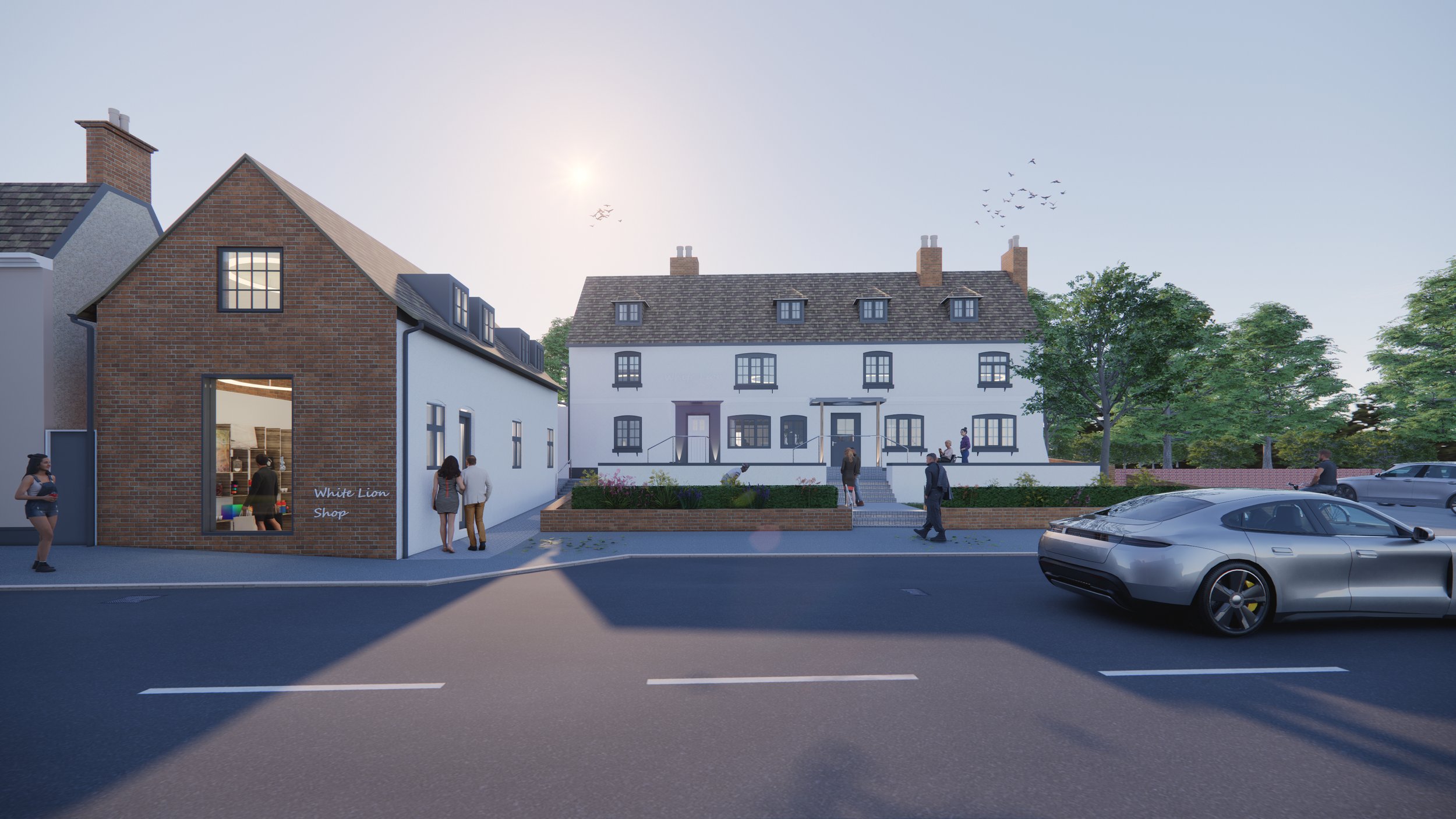We are thrilled to announce that Burrell Foley Fischer are finalists for Public Building Architect of the Year at the 2024 BDOnline Architect of the Year Awards. The prestigious awards recognise architectural firms for a body of work in a particular sector. BFF submitted four Public Building projects as examples of our work, either recently completed or currently in progress.
Burrell Foley Fischer have designed many award-winning Public Buildings over four decades. The submitted projects demonstrate how our new generation of Principals are successfully building on this legacy. Together these projects provide exemplars of how the country’s most iconic buildings can be reimagined to provide a continued and enhanced public function, together with an economically viable and sustainable future.
BFF works closely with clients to develop schemes that allow continued and improved public access, while respecting and celebrating the historic fabric and the local affection for buildings and their idiosyncratic look and feel. We balance this at every stage of the design by providing facilities suitable to deliver the desired new uses in a sustainable and economically viable manner and within capital budgets that funders will support. All three completed projects are proving very successful, and the glasshouse project has garnered national funding.
Hall for Cornwall
The refurbishment and remodelling of the Grade II* Listed Hall For Cornwall has increased its audience capacity, conserved and restored its important heritage elements and brought them into better use. The new, three-tiered theatre space has provided a new dynamic relationship between performer and audience and enabled the organisation to deliver their artistic vision. Improved access to Arts and Culture for the community of Cornwall will result, together with the facilities required to support a sustainable business model for the organisation.
York Guildhall
The Guildhall complex is owned by City of York Council and is made up of Grade I, II* and II listed buildings built around a large 15th-century Guildhall. The refurbishment and remodelling provides a world class venue, supporting and nurturing the expansion of York’s vibrant businesses; combining events and exhibition space, with supporting café and restaurant offers, with state-of-the-art collaboration and co-working facilities in the heart of a historic and creative city, and securing an economically viable and sustainable future for one of its most iconic buildings.
Mound Stand, Lords Cricket Club
BFF have designed three refurbishment projects at Lord’s Cricket Ground, as part of their programme to ensure they continue to meet the high expectations of members and spectators. Our most recent project for them was our second in the iconic Mound Stand, designed in 1987 by Hopkins Architects. The Executive suites in the stand were refurbished ready for the 2023 season including kitchenettes, toilets, access corridors and the Willow Suite with bar and seating. The project playfully refers to the traditional materials associated with cricket: the stitched leather and the willow and provides a comfortable spectator environment for the home of cricket.
Winter Gardens, Great Yarmouth
The last survivor of a British seaside tradition, following restoration, the Grade II* Winter Gardens will once again become a colourful and animated People’s Palace at the heart of the town’s life, economy, and heritage. The project will return the magnificent cast-iron structure to a year-round attraction, incorporating a range of new additions to transform it into a flexible entertainment space, with food and beverage. Alongside planting, the building will include an event space with stage and seating; restaurant and bar; and a multi-purpose activity space hosting various activities and encouraging engagement with the history and plants.
The winners of the awards will be announced at a ceremony in London this October.





















































